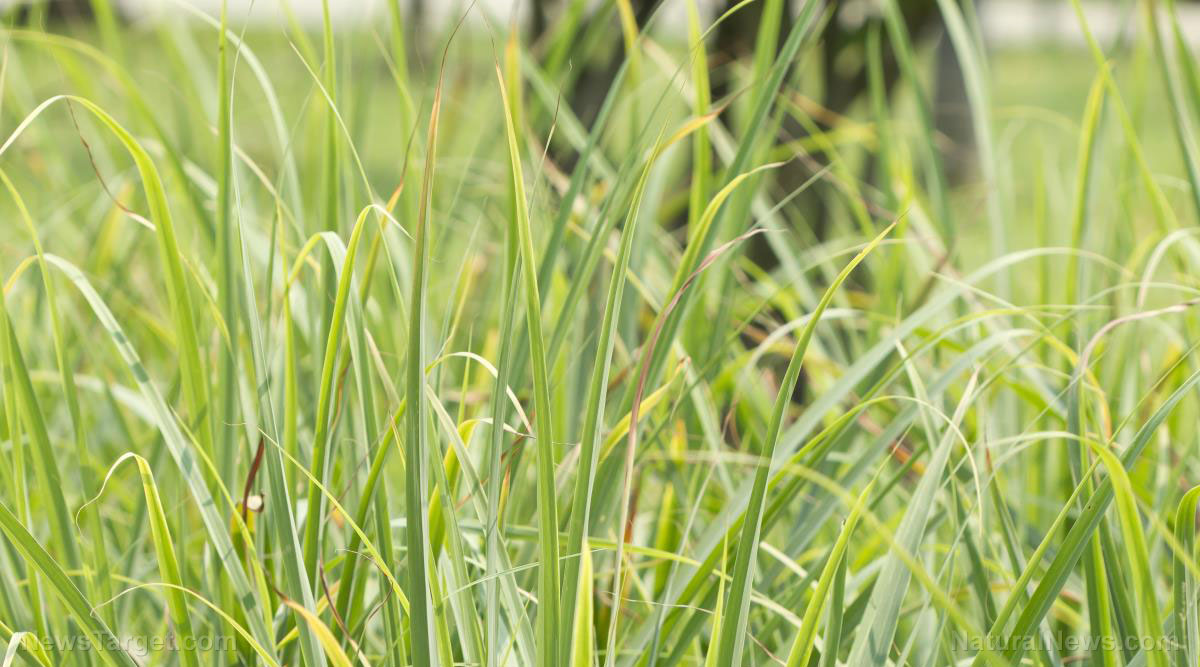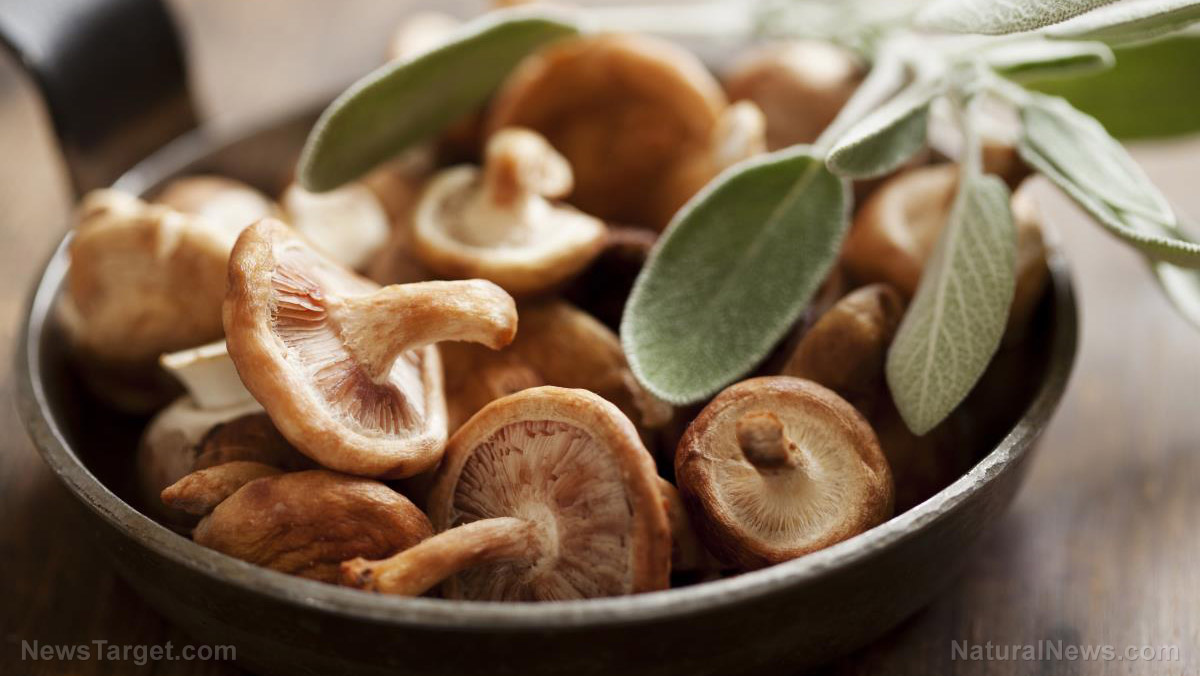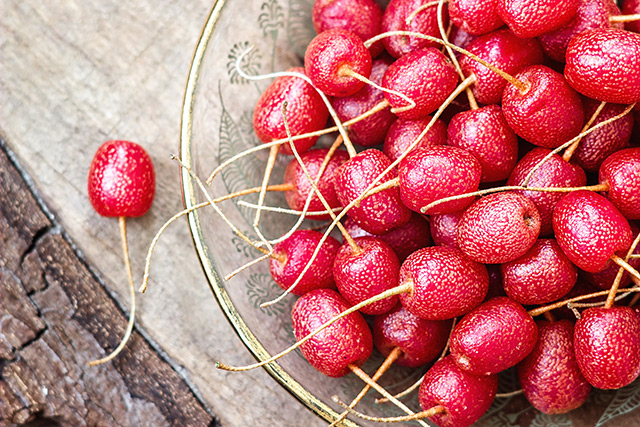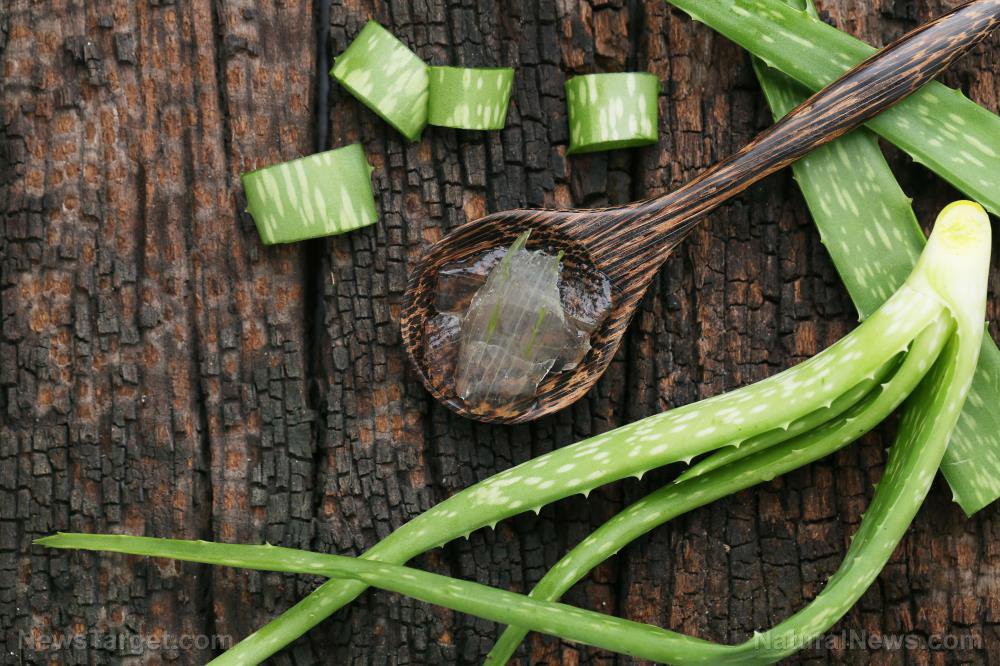Beautiful skin, naturally: A unique herbal mixture shows promise in treating inflammatory skin disorders
05/10/2019 / By Evangelyn Rodriguez

Medicinal plants are on the rise again, especially as main components of medications used to treat skin disorders. This is due to the unpleasant side effects caused by topical medications such as steroids or oral antihistamines, which are commonly used to treat skin conditions like atopic dermatitis (AD). AD is a chronic, inflammatory disease characterized by lesions that flare up periodically. To address this condition, which affects approximately 20 percent of children and about 3 percent of adults worldwide, researchers from Kyungpook National University in South Korea looked at the medicinal properties of five different plants which have long been used to treat AD in Asia. These plants were Cornus officinalis (Japanese cornelian cherry), Rosa multiflora (multiflora rose), Lespedeza bicolor (shrubby bushclover), Platycladus orientalis (Chinese thuja), and Castanea crenata (Korean chestnut). Their study was published in the journal BMC Complementary and Alternative Medicine.
In their study, the researchers used parts of all five plants to make an herbal mixture they called C2RLP. They used murine, rat, and human cells to evaluate its effects in vitro and purchased five-week old mice for their in vivo studies because they found using mouse models more convenient and cost-effective.
The in vitro study involved measuring the nitric oxide (NO) and PGE2 (prostaglandin E2) production of cells before and after treatment with C2RLP. They used a spectrophotometer and ELISA (enzyme-linked immunosorbent assay), respectively, to measure the discrepancy in production before and after C2RLP treatment. They chose these two naturally-occurring chemicals because NO plays a role in the pathogenesis of inflammation while prostaglandin is a known inflammatory regulator.
The power of the elements: Discover Colloidal Silver Mouthwash with quality, natural ingredients like Sangre de Drago sap, black walnut hulls, menthol crystals and more. Zero artificial sweeteners, colors or alcohol. Learn more at the Health Ranger Store and help support this news site.
Aside from these two, they also evaluated the effect of C2RLP on iNOS (inducible nitric oxide synthase)-mRNA expression, TARC (thymus and activation-regulated chemokine) production, and the release of beta-hexosaminidase in vitro. iNOS is a primary inflammatory response gene that is actively expressed during inflammation. TARC levels, on the other hand, correspond to the severity of AD, while the release of beta-hexosaminidase from mast cells (inflammatory cells) serves as a determinant of the susceptibility of mice to AD. The researchers also tested the antioxidant activity of C2RLP against the free radical DPPH and identified the phytochemicals present in it using liquid chromatography-mass spectrometry (LC-MS).
For in vivo studies, the researchers first tested the toxicity of C2RLP on six-week old rats before proceeding to the next step. They then induced lesions on mice using the chemical DNCB and treated them with an ointment made from C2RLP for 25 days. They used histopathological examination to determine the degree of hyperplasia (tissue enlargement), inflammation, and mast cell infiltration. They also took blood samples from mice to determine the levels of cytokines such as IL-2 (interleukin-2), IL-4 (interleukin-4), IL-5 (interleukin-5), IL-6 (interleukin-6), IL-13 (interleukin-13), and IFN-gamma (type II interferon). Cytokines are important signaling molecules secreted by immune cells that promote inflammation.
Herbal mixture C2RLP can stop inflammation and protect against AD
From their in vivo studies, they found that C2RLP was able to reduce AD on mice. It also caused a concentration-dependent reduction in skin lesions. Treatment with C2RLP suppressed histopathological changes like epidermal hyperplasia and cellular infiltration, and reduced the number of mast cells in the dermal layer of the mice’s skin. Upon analyzing the blood samples, the researchers also found that C2RLP reduced IL-4 levels in the blood. However, the levels of other cytokines were not detectable in the blood samples.
Their in vitro studies, on the other hand, revealed that C2RLP decreased the production of NO, PGE2, and TARC by cells treated with it. Furthermore, at high concentrations, C2RLP also inhibited iNOS-mRNA expression and beta-hexosaminidase release. C2RLP also showed potential in scavenging the free radical DPPH, suggesting antioxidant activity. When they analyzed it using LC-MS, they identified phytochemicals such as loganin, ellagic acid, and kaempferol 3-glucoside. Loganin and kaempferol 3-glucoside are anti-inflammatory compounds, while ellagic acid is reported to have anti-cancer activity.
These results demonstrate the ability of C2RLP to protect against AD by suppressing inflammation. It also shows the potential of this herbal mixture to treat other inflammatory skin disorders. (Related: Cannabinoids (CBDs) found to treat a “wide range of skin diseases” researchers discover, including eczema, psoriasis and dermatitis.)
Sources include:
Tagged Under: alternative medicine, antioxidants, Chinese thuja, disease treatments, Ellagic acid, herbal medicine, Herbs, inflammation, Interleukin, Japanese cornelian cherry, kaempferol, Korean chestnut, loganin, multiflora rose, natural cures, natural medicine, nitric oxide, phytochemicals, prostaglandin, remedies, research, shrubby bushclover



















